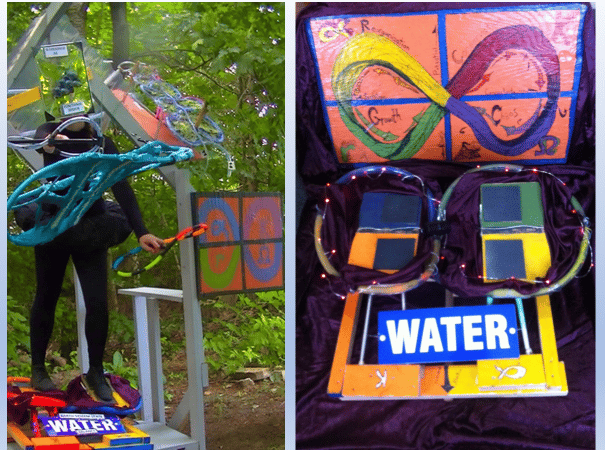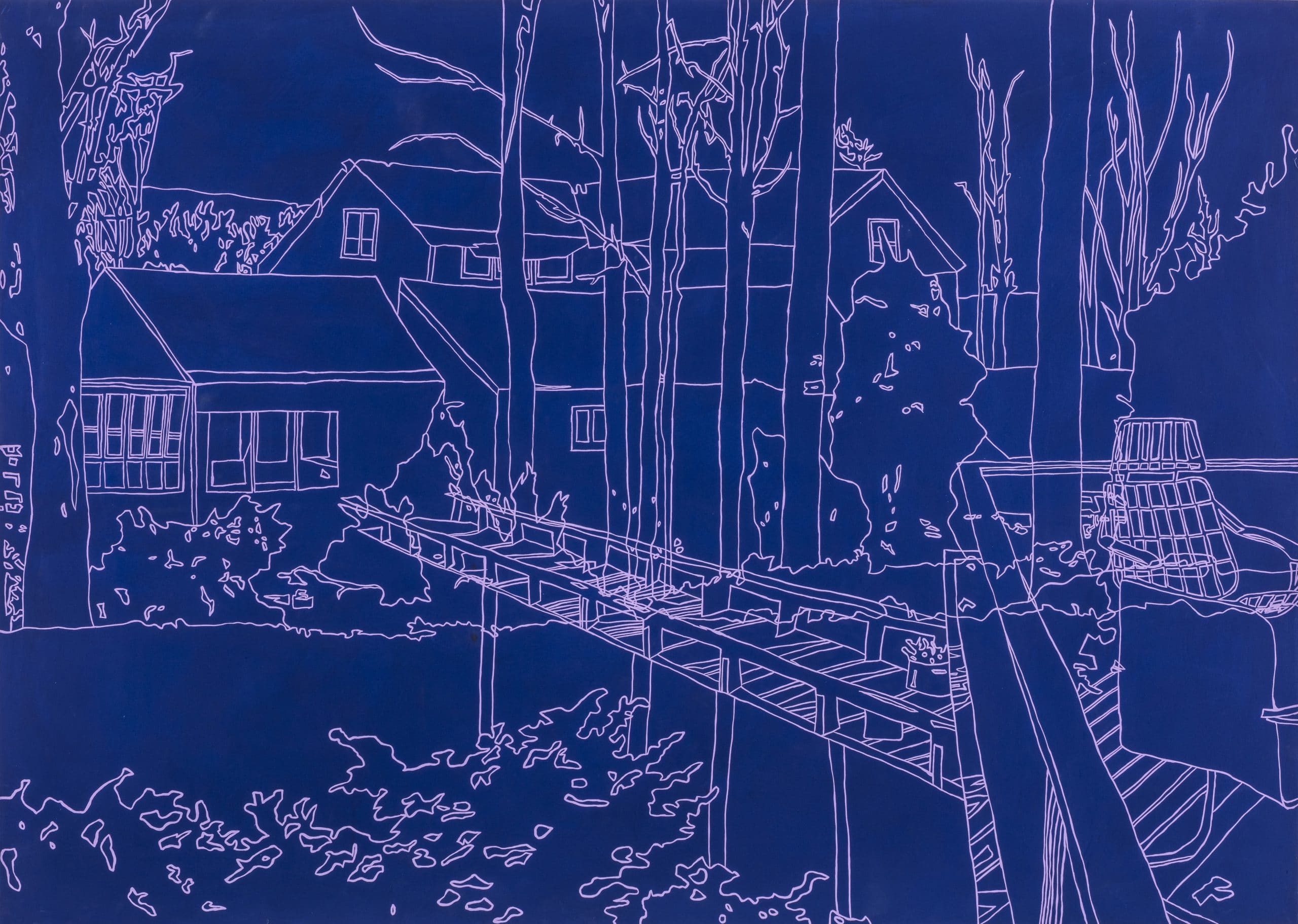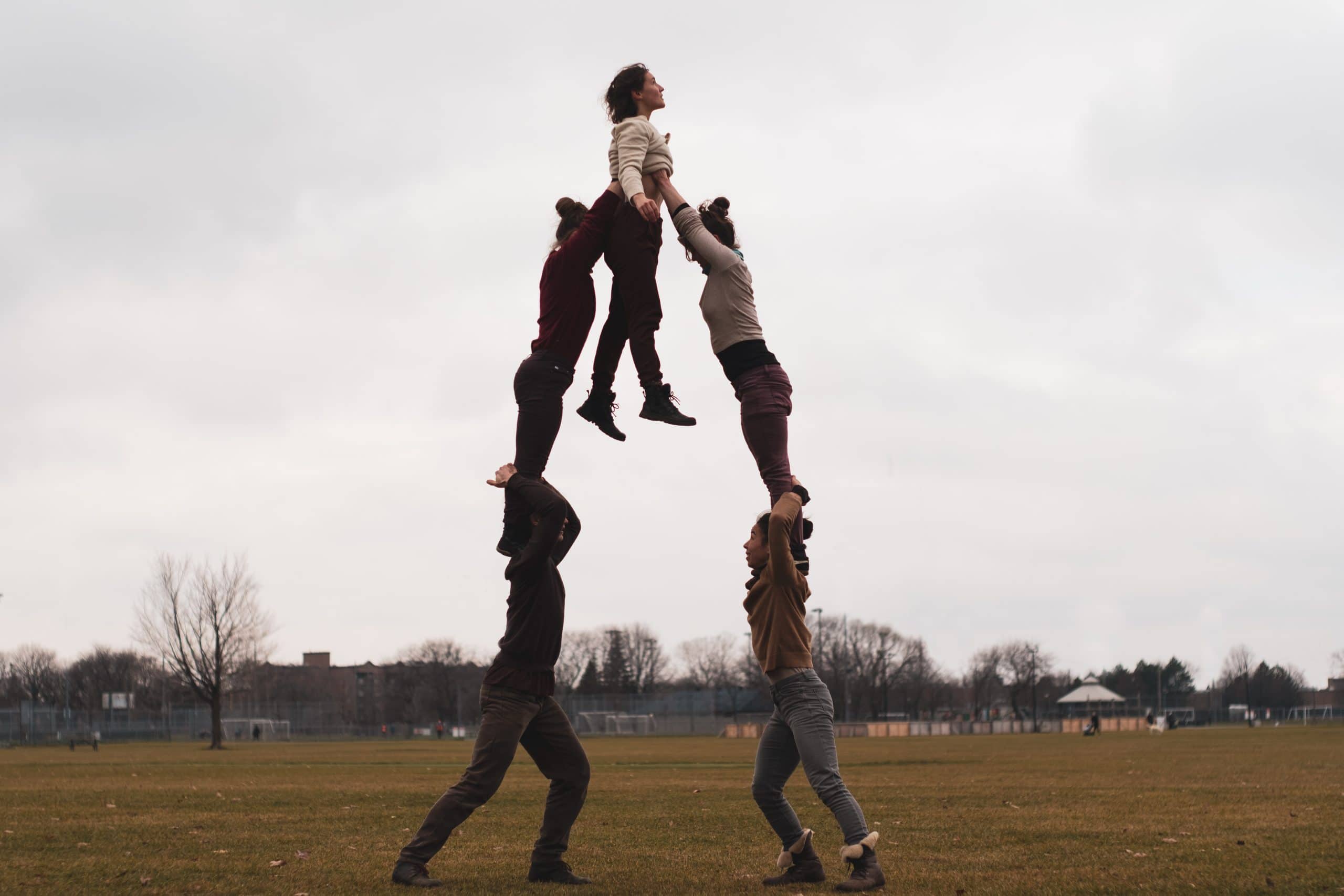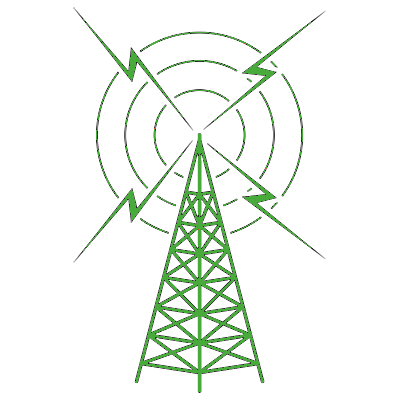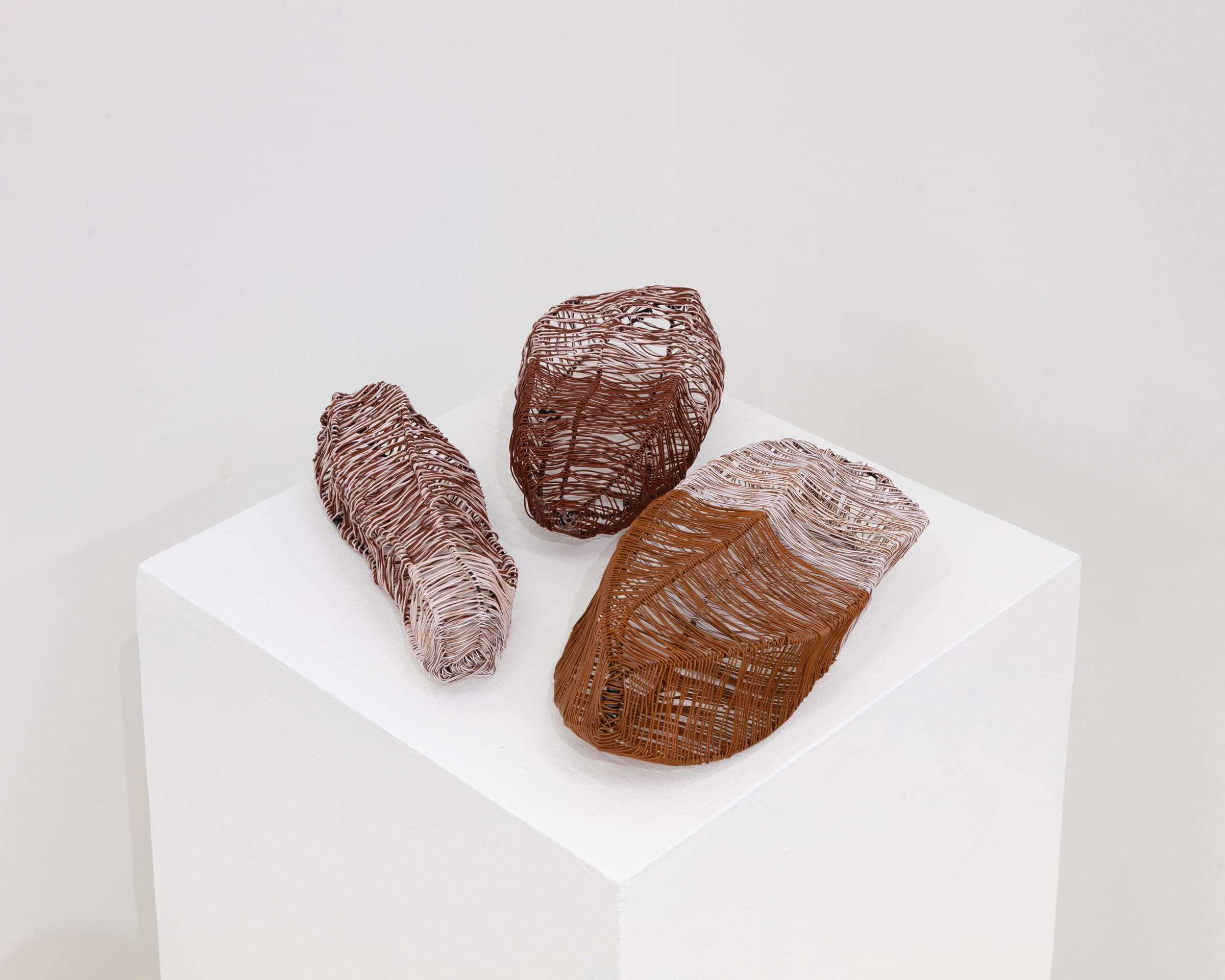Adrienne Mason is an interdisciplinary artist that resides in Southampton, in the traditional territory of the Saugeen Ojibway Nation Saukiing Anishnaabekiing. Her art is a blend of environmental theory, kinetic sculpture and dance, meant to portray a message that: resiliency can be supported by increasing connectivity and capacity in socio-hydrological systems. The ecological art that she has produced involves an art object called a Holling’s Hydrology Loop, which is a figure 8 shape filled partially with water, produced at multiple scales. This art object symbolizes a resilient socio-hydrological system that is able to maintain a functional and dynamic equilibrium state even under changing external conditions. This interpretation of resiliency comes from Bernoulli’s Law which governs how water flows in a closed system and the Holling’s Loop which looks at how an organized system is affected by patterns of growth, conservation, chaos and reorganization. Holling’s loop suggests that as factors of connectivity and capacity in a system increase so does resiliency. In a socio-hydrological system resiliency could be increased by: increasing the capacity to store stormwater on the landscape to reduce flood and drought conditions; and increasing the connectivity of the floodplain to our rivers, but also to social and cultural practices. Research suggests that as smaller socio-hydrological systems become more resilient, they can help contribute resiliency to larger hydrological systems that in turn make up an Earth System State water balance. This Earth System state Water Balance is represented by the artist balancing on a kinetic sculpture and through interacting with smaller Holling’s Hydrology loops, as small watershed systems, she hopes to maintain resiliency rather than tipping into an unfavourable Earth System state.



